|
|
|
|
The Hall of Antiques was first established in 1980 in
Thousand Piller mandapam opposite to the main shrine in Tirumala
. Now the S.V. Museum is situated in a sprawling building
with an area of 1.25 lakh sq.ft opposite to Vaikuntham
Queue Complex in kaleidoscopic environ of Tirumala
surrounded by beautiful gardens and it is a rejoicing
place for visiting pilgrims. This museum is an epitome
of Traditions of Tirumala, Vaishnavism and Hindu culture.
It houses more than 6000 items of historical interest
ranging in date from very early period to the present.
The collections are spread over ten sections ranging
from archaeology to contemporary items.
Sri Venkateswara Temple in Tirumala, Andhra Pradesh has been a repository
of rich heritage, cherished by the kings, nobles, poets, sculptures,
dancers, musicians all gathered in Tirumala and enriched the temple lore.
It contains valuable antique materials to enable an art historian to trace
the history and development of temple art.
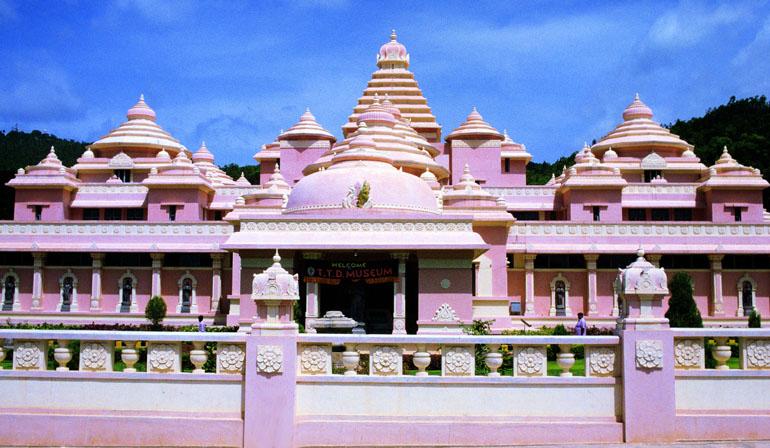
Different galleries in the S.V. Museum host and display its acquisitions,
donations, and offerings bequeathed from the unknown past.
Vahanams gallery presents an array of Srivari Vahanams used
during Brahmotsavams. Original copper plates of Annamayya’s
compositions enthrall the visitors. Pilgrims can have a look at the
Varahaswamy Copper inscription, a cherished treasure of Tirumala.
All the great dynasties of southern peninsula of India have paid tributes to
lord Venkateswara. Pallavas of Kanchipuram, Cholas of Tanjavur, Pandyas of Madurai,
Kings of Vijayanagara of Hampi and chieftains of local dynasties have esteemed the lord.
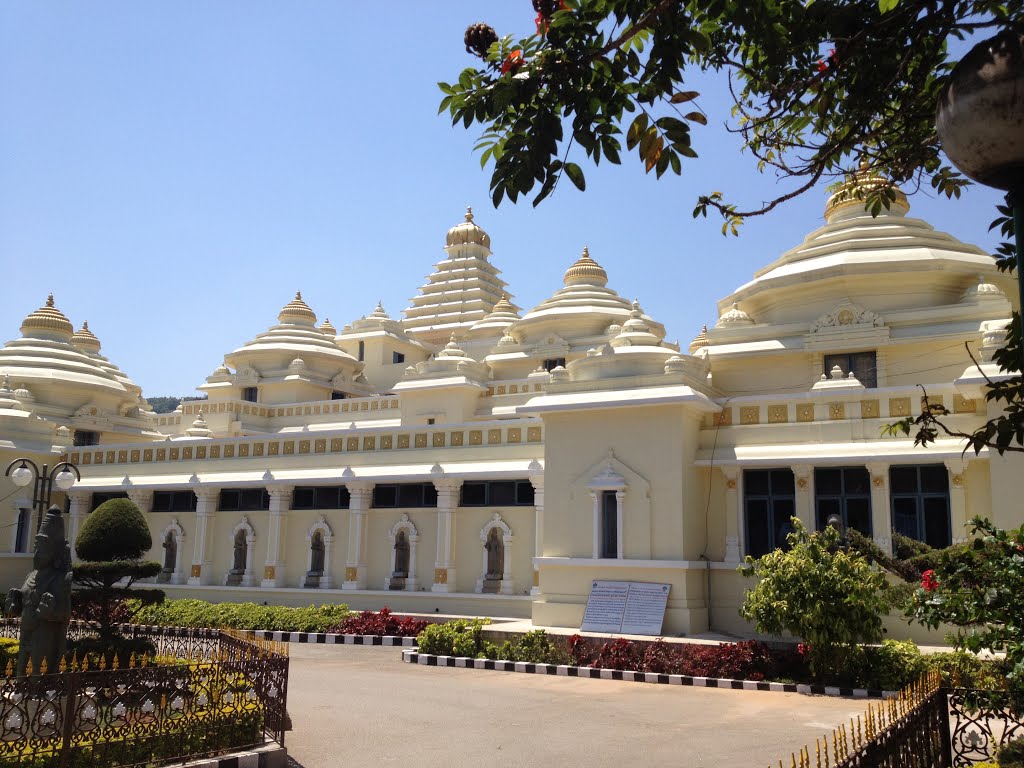
Sri Krishnadevaraya (16th Century AD) of Vijayanagara Empire have personally visited
Tirumala seven times and offered tens of valuable ornaments made of jewels, diamonds,
emeralds and pearls. The museum displays Dhupa-Ganta donated by Sri Krishnadeva Raya
to a priest in Tirumala. You can witness this very precious item in the museum.
The stone gallery contains more than 80 wonderful images retrieved from across the region dating from 8th century AD to 19th century AD. Most of these stone sculptures speak of history of Vaishnavism in the region. The gallery of musical instruments has collected a wide range of instruments of bygone ages.
The picture gallery in the third floor displays rare images of temple history, ornaments of the lord and some contemporary art depicting Srinivasa and Tirumala.
Armory section displays variety of ancient weapons like swords, shields, battle axes, guns etc used or possessed by the rulers in the medieval and colonial periods.
In the origin and emergence of Vaishnavism in the south, the Alwars have played a significant role and they are given utmost importance in the museum. The front porch of the museum on both sides is decorated with the stone images of Alwars.
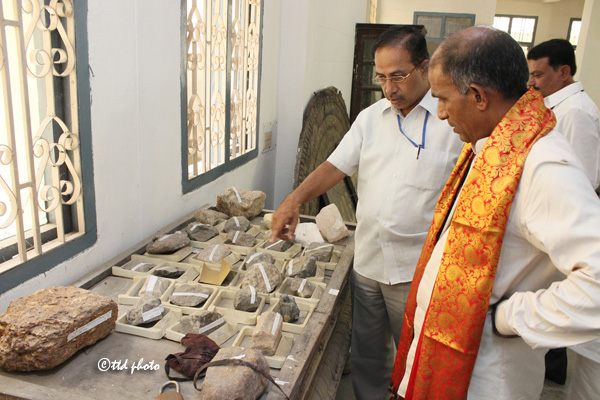
The bronze section contains idols, nutcrackers,
utensils etc made centuries ago. Big iron bells,
gigantic pulley used to lift stones in temple building,
cauldrons decorate the spacious galleries of the museum.
The Hundi of the temple has received umpteen number of gold and silver coins
ranging from Roman empire to British era, all displayed in the museum.
Tirumala temple is well known for inscriptions superscripted on its walls.
More than one thousand inscriptions depicting the history of the temple
for 1500 years are estamped and exhibited in the outer gallery of the museum.
The guide lecturers of the museum will assist you
to visit different parts of the museum. Visiting
this museum would be a rich experience for you and your
children will be inspired to learn from this wonderful centre of heritage.
The museum also has facility of a conference hall open to the public and invitees
for deliberations on Tirumala history.
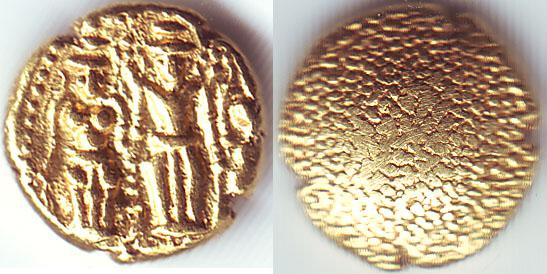
Pilgrims can recline in the meditation halls on the roof of the museum in serene atmosphere and experience bliss in the lap of the lord.
It houses a library with books in Telugu, English, Tamil, Kannada and Hindi on religion, history, heritage, temple arts and architecture. It serves the curious pilgrims and research scholars doing research on Tirumala history. Harini, the auditorium in the S.V. Museum is now planning to show interesting programs, documentaries, films on Tirumala and heritage everyday from 10 am to 6 pm.
After or before the darshan of lord Venkateswara spend some time in the S V Museum and get enlightened with the hoary past and colorful present.
Note:The museum is open EVERY DAY from 8 am to 8 pm. Entry is free and works seven days a week.
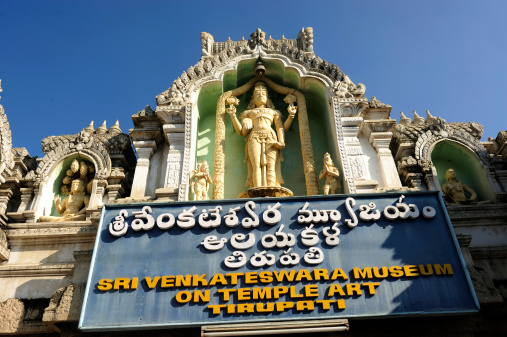
The temple is the most significant monument of Indian
art and architecture, which sums up and represents subtle
values of Indian culture. The elaborations of the temple
structures followed from establishment of image worship
and accompanying development of the rituals took time to
crystallize. From the early times, Hindu temples came into
being under the royal patronage of great emperors of South
and North. Later, the spirit was caught up by mercantile
corporations and artisan guilds, resulting in constructing a
chain of temples, great and small. Temples became very hub of
rural and urban life in all aspects. Temple was the centre
for religious, cultural, social, economic and educational
activities and thus it became repository of all that was
the best in fabric, architecture, sculpture and other arts.
S.V.Museum on Temple Art in Tirupati is the first attempt
at gathering traditions in Hindu art and architecture under
one roof and presenting it to the visitors.
Kacheri Nammalwar temple was a Ramanujakutam, in the north Mada
street of Govindaraja Swamy temple in Tirupati, where two
thousand Srivaishnavas were fed every day. This holy place
is converted into Museum of Temple Art by the Tirumala Tirupati Devasthanams in 1983.

The museum is divided into two sections A and B. Section A deals with temple architecture, from choosing a place for building a temple to ways of erecting a temple. The temple is the replica of cosmic man and the architecture, iconography, rituals and worship in a temple help us understand the limitations of human mind and see the aspects of Cosmic Consciousness, of which human being is a repository. The Nagara, Vesara and Dravida and umpteen styles in designing pillars, prakaras, steps etc are shown in this section with miniature models. The iconometry, the science and technology of measurements of icons and temple structures elaborate on the technicalities of designing an icon and temple structure.
The stone gallery contains more than 80 wonderful images retrieved from across
the region dating from 8th century AD to 19th century AD. Most of these
stone sculptures speak of history of Vaishnavism in the region. The gallery
of musical instruments has collected a wide range of instruments of bygone ages.
Alaya vastu is the way a Hindu temple is planned and executed.
This museum will take you through the technicalities of building a
temple respecting all the practices accepted by agamas. Stapati is
a person who supervises the building of a temple. Takshaka and Vardhaki
are assistants to Stapati. Ornaments that decorate the icon are multitude in number.
Yet, they are depicted here. Your visit to the museum would be a memorable one.
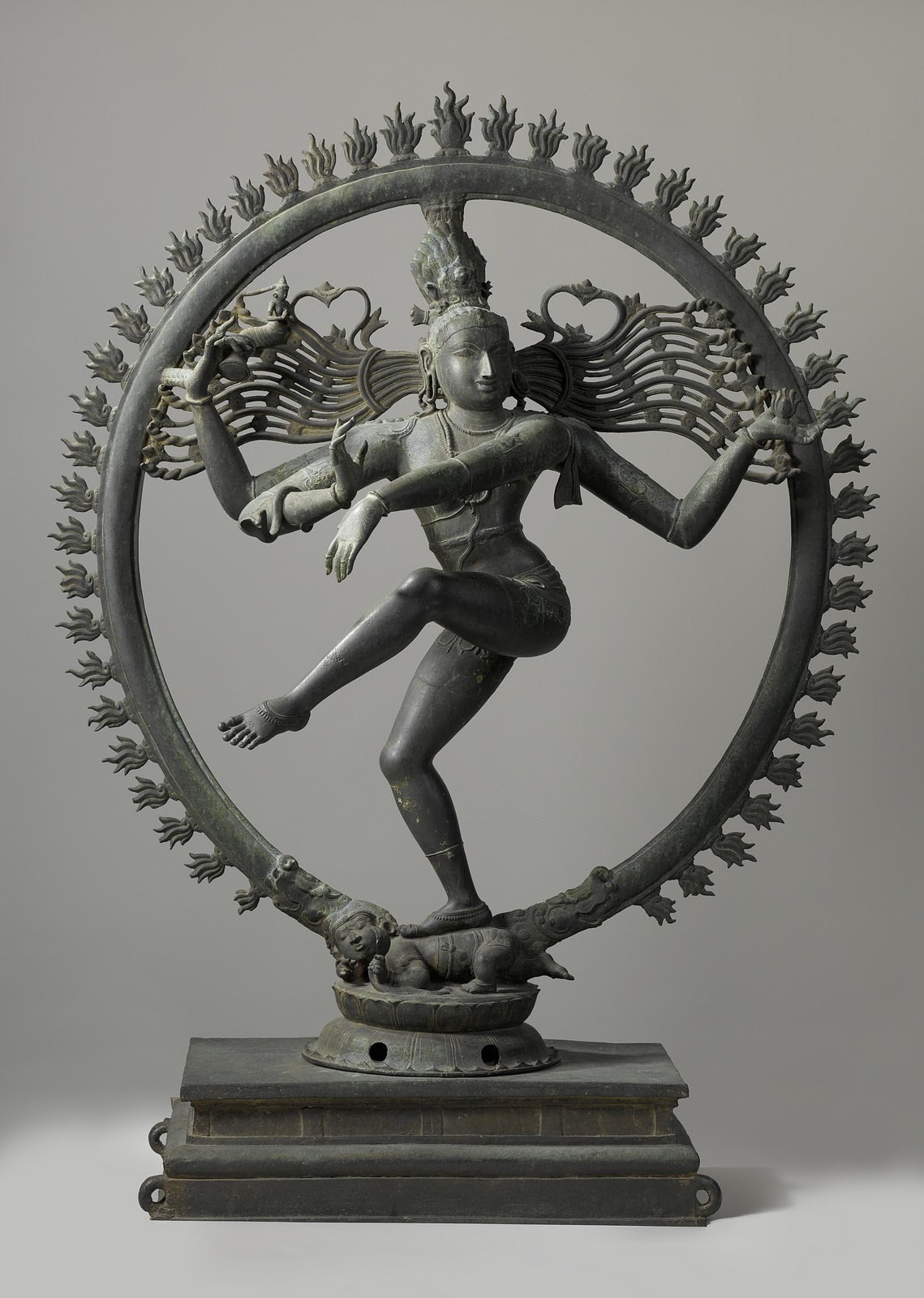
Section B deals with Srivari Vahanams, vehicles of Vishnu, used during Brahmotsavams, wood carvings, one hundred and eight Divyakshetras or holy places for Vaishnavites, Mudras of Bharatanatya, traditional dance form of India, musical instruments, Kalamkari and other art expressions. In the rituals section, an attempt has been made to bring out the significance of ritualistic obligations known as Samskaras and comparison of Tirumala temple with Vedic altar. An interesting collection of vessels used in Agama is displayed.
The museum is located near the Govindarajaswamy temple and very close to Tirupati Railway Station. The guide lecturers and gallery attendants of the museum will be happy to guide you through the galleries. This museum also contains a good library with books on history, temple art and architecture, rituals, inscriptions, Hinduism and Vedic literature.
Pilgrims can recline in the meditation halls on the roof of the museum in serene atmosphere and experience bliss in the lap of the lord.
Note:The museum is open EVERY DAY from 10 am to 6 pm. Entry is free and works seven days a week.
|
|
|
|